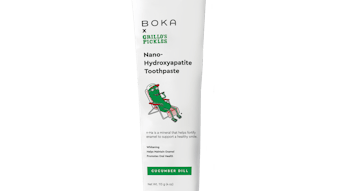The release of aroma from foods depends on the interaction of the food matrix with the volatile compounds present, However, the food matrix is not constant during eating and typically undergoes many changes, such as gel or fat melting, hydration, phase inversion, dilution and comminution. These processes can affect the amount and pattern of volatile release during eating and, consequently, the aroma profile that reaches the olfactory epitheliums.
An understanding of these changes and their effects is of major importance to the food industry, which is constantly using new technologies and ingredients (such as encapsulated flavors) in its products. This has led to the development of model mouths and instrumental methods that allow us to monitor aroma compounds in the breath of people as they eat. Only recently, however, have we refined those methods to allow us to follow low concentrations (part per billion hy volume) of aroma compounds in the breath in real time (breath-by-breath) as we eat.
These methods use Atmospheric Pressure Chemical Ionization (APCI) mass spectrometry. APCI is a soft ionization technique that typically results in the formation of an ion consisting of the intact molecule plus a proton (MH+). The ions produced from breath in the APCI source enter the quadruple detector simultaneously, and it is possible to resolve many compounds at the same time providing they have different molecular weights.










